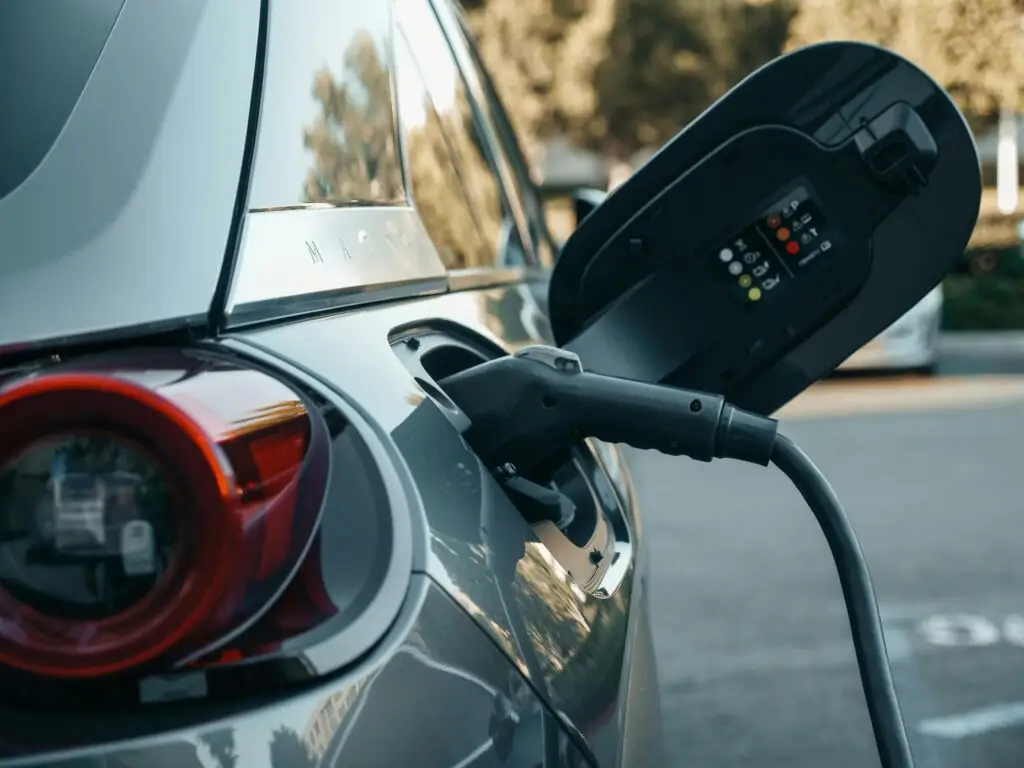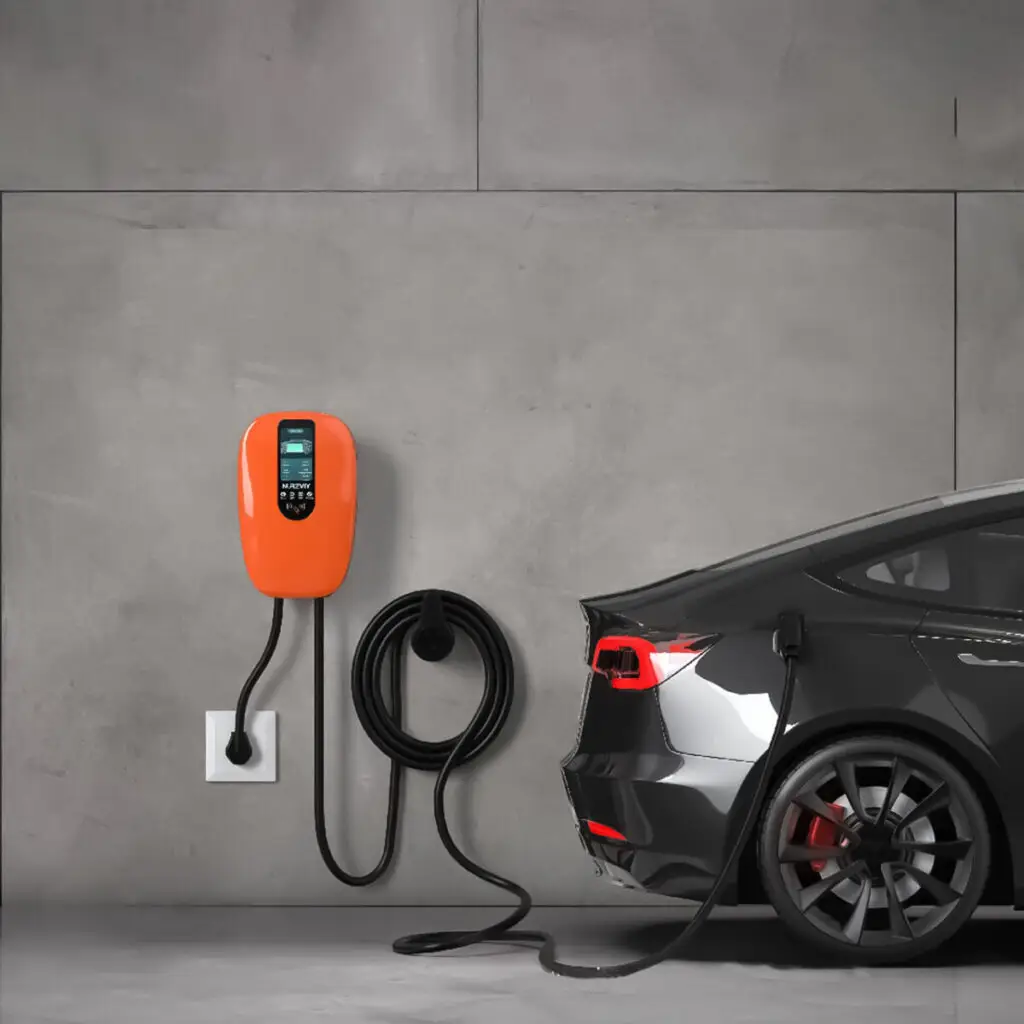Why Weather-Resistant EV Chargers Are Essential for Outdoor Use
As the adoption of electric vehicles (EVs) continues to rise, the demand for reliable EV charging infrastructure grows as well. Many EV owners and businesses require outdoor charging stations, whether in residential driveways, commercial parking lots, or public charging stations. However, outdoor environments pose unique challenges, such as extreme weather conditions, temperature fluctuations, and exposure to dust and debris. To ensure longevity, safety, and consistent performance, weather-resistant EV chargers have become a necessity.
Understanding Weather-Resistant EV Chargers
Weather-resistant EV chargers are designed to withstand outdoor elements, ensuring reliable operation in rain, snow, heat, and other harsh conditions. These chargers comply with specific industry standards and certifications, making them safe and durable for prolonged outdoor use. Key factors that contribute to weather resistance include ingress protection (IP ratings), National Electrical Code (NEC) compliance, and UL certifications.
Key Features of Weather-Resistant EV Chargers
- IP Ratings for Water and Dust Resistance
- EV chargers with IP54 or higher ratings offer protection against dust and water splashes.
- IP65 or IP66 chargers provide enhanced resistance to heavy rain and strong jets of water.
- IP67-rated chargers are fully dustproof and can withstand temporary submersion in water.
- UL and NEC Compliance
- UL 2594: Certification for electric vehicle supply equipment (EVSE) ensures chargers meet safety and performance standards.
- NEC Article 625: Defines installation guidelines and safety requirements for outdoor EV chargers.
- NEMA Enclosure Ratings: NEMA 3R, 4, or 4X enclosures enhance protection against rain, ice, and corrosion.
- Temperature Resilience
- Weather-resistant chargers function within extreme temperature ranges, typically -30°F to 122°F (-34°C to 50°C).
- Advanced cooling or heating mechanisms protect internal components from overheating or freezing.
- Corrosion-Resistant Construction
- Chargers made from stainless steel, powder-coated aluminum, or UV-resistant plastics resist rust and material degradation.
- Waterproof seals and coatings prevent moisture ingress and electrical failures.
Why Weather Resistance Matters for EV Chargers
1. Safety and Electrical Protection
Outdoor charging stations must prevent electrical hazards caused by water exposure, dust accumulation, and temperature fluctuations. Without proper sealing, moisture can enter charging components, leading to short circuits, corrosion, or even fire hazards. NEC and UL-compliant chargers are specifically engineered to minimize these risks.
2. Longevity and Durability
Investing in a weather-resistant EV charger ensures a longer lifespan, reducing maintenance and replacement costs. Chargers exposed to rain, snow, and extreme sun without adequate protection may experience premature wear, leading to performance issues or failure.
3. Reliable Charging Performance in All Conditions
A non-weatherproof charger may malfunction in extreme weather, leading to inconsistent charging, reduced efficiency, or complete failure. In contrast, a well-designed outdoor charger maintains optimal performance year-round, ensuring that EV owners can rely on their charging station regardless of climate conditions.
4. Compliance with Industry Standards
To install an EV charger in a public or commercial space, it must meet local and national electrical codes, including NEC Article 625. Businesses and municipalities installing outdoor charging stations must ensure compliance to avoid legal issues and liability concerns.
How to Choose the Best Weather-Resistant EV Charger
1. Check the IP and NEMA Ratings
- For residential outdoor use, an IP65 charger with a NEMA 3R or 4 enclosure provides adequate protection.
- For commercial and public installations, an IP66 or IP67-rated charger with NEMA 4X certification offers the highest level of durability.
2. Ensure Proper Installation
- Install chargers on weatherproof mounting poles or covered structures.
- Use waterproof conduit and cabling to prevent exposure to moisture.
- Follow NEC Article 625 guidelines for GFCI (Ground Fault Circuit Interrupter) protection.
3. Consider Smart Charging Features
- Look for weather-resistant chargers with Wi-Fi or cellular connectivity to enable remote monitoring and updates.
- Load balancing and scheduled charging can help optimize energy use, even in adverse conditions.
4. Choose a Certified Charger from Reputable Manufacturers
- Brands that adhere to UL 2594 and NEC compliance ensure higher reliability and safety.
- Opt for chargers with extended warranties and strong customer support.
Future Trends in Weather-Resistant EV Chargers
1. Solar-Powered Outdoor EV Chargers
- Solar-integrated EV chargers will provide off-grid charging solutions, reducing dependence on traditional electricity.
2. Smart Weather Sensors for Adaptive Charging
- Advanced chargers will include weather sensors to adjust power output based on real-time environmental conditions.
3. Enhanced Materials and Coatings
- Nanotechnology coatings will further enhance protection against water, dust, and UV exposure.
Conclusion
Weather-resistant EV chargers are essential for ensuring safe, efficient, and long-lasting charging solutions in outdoor environments. By selecting chargers with high IP ratings, UL certifications, and NEC compliance, EV owners and businesses can prevent weather-related failures, minimize maintenance costs, and optimize charging performance. As the EV industry evolves, advancements in solar integration, smart sensors, and durable materials will further improve outdoor charging capabilities. Investing in a reliable, weatherproof EV charger today ensures a future-proof charging infrastructure for tomorrow’s expanding electric vehicle network.


